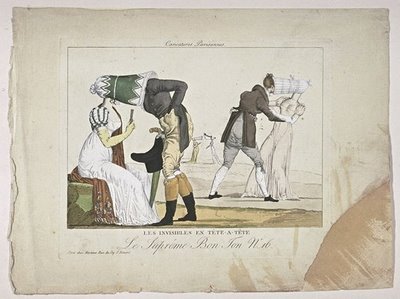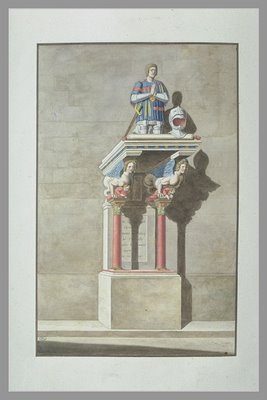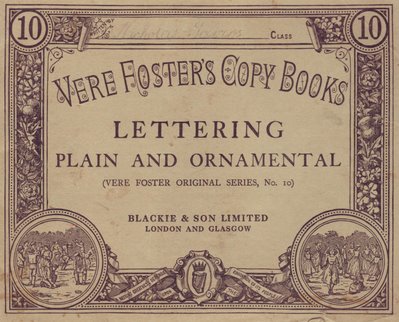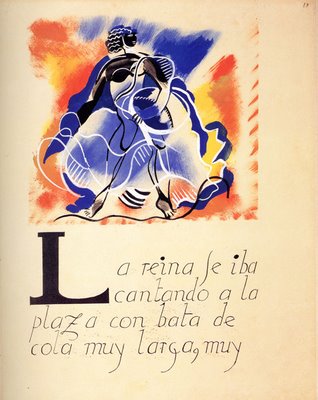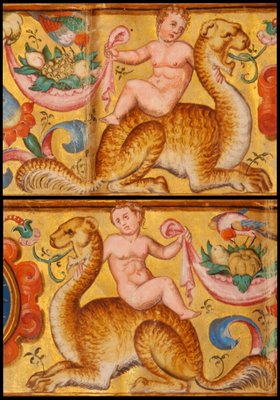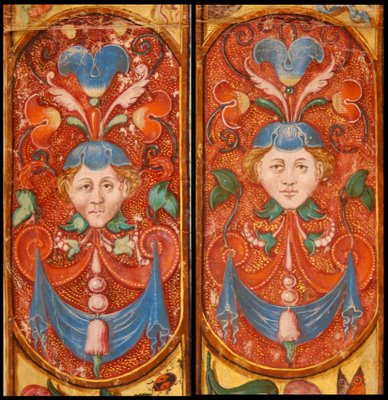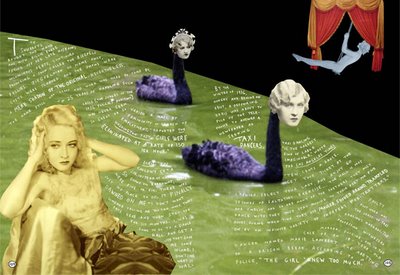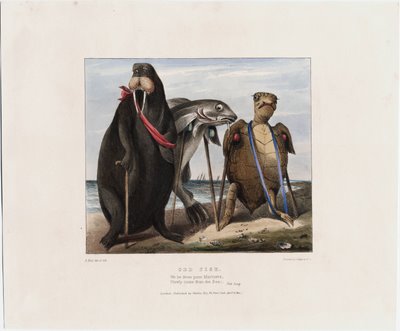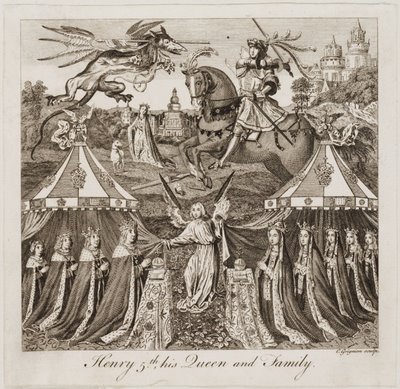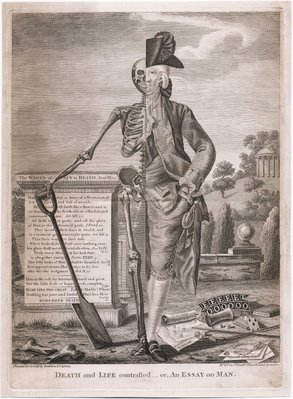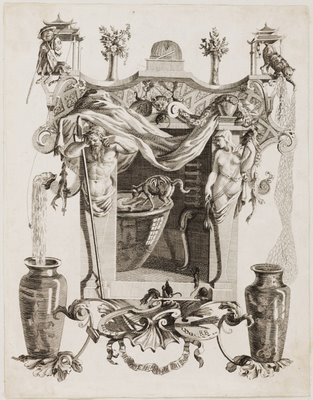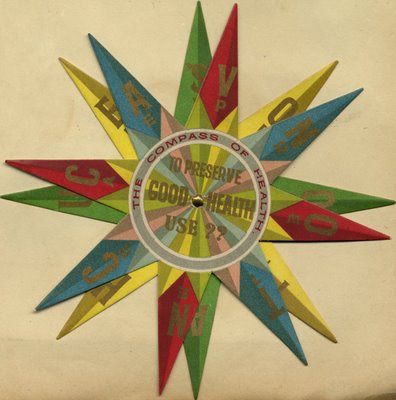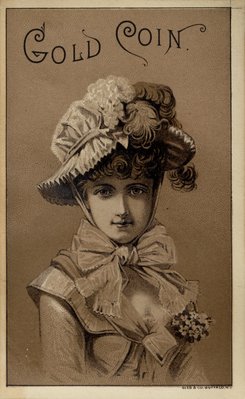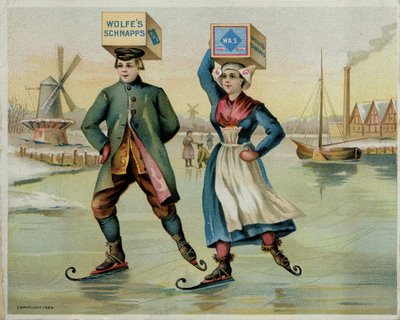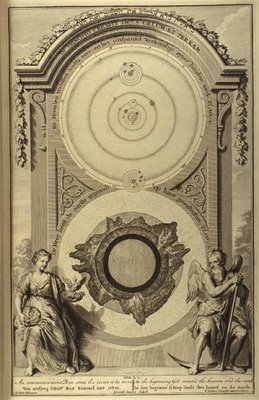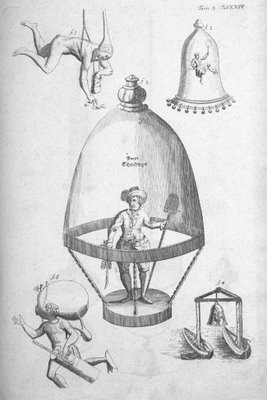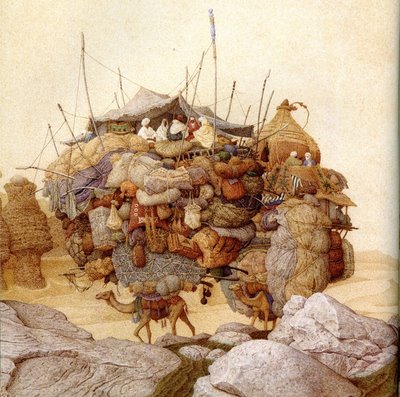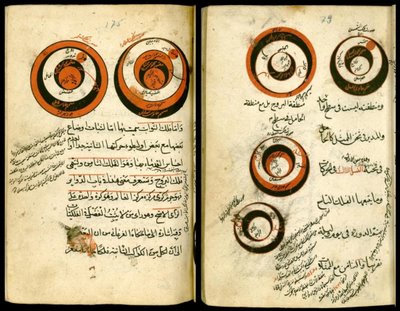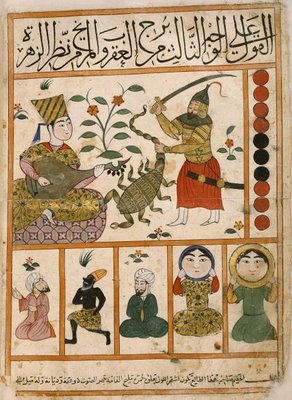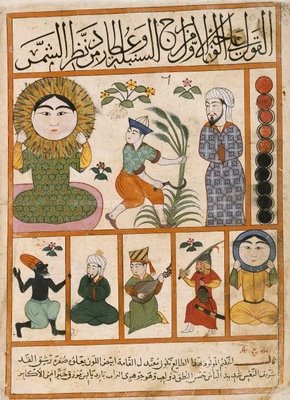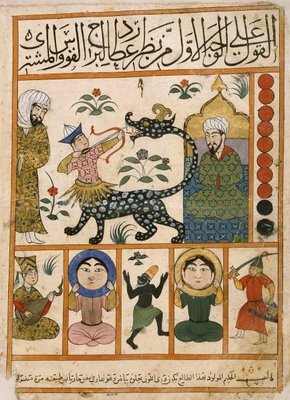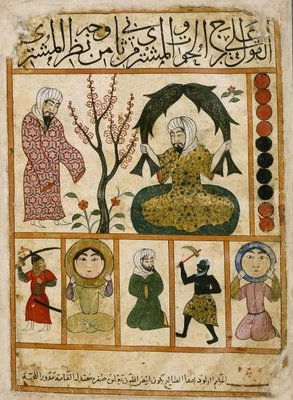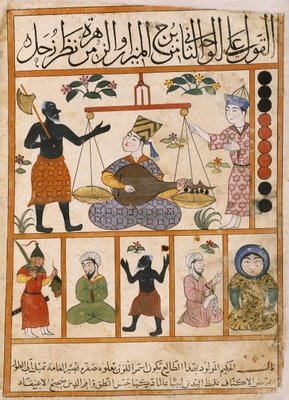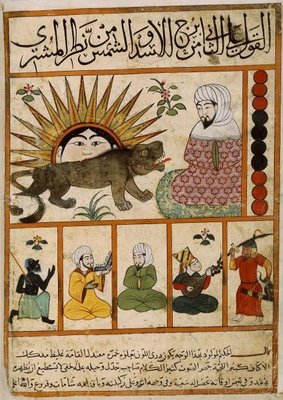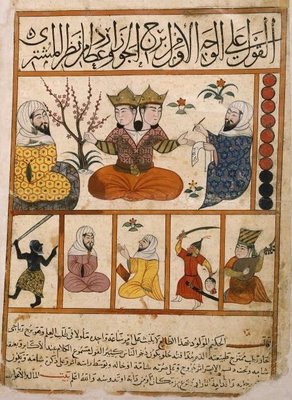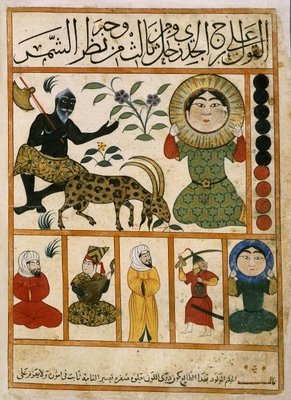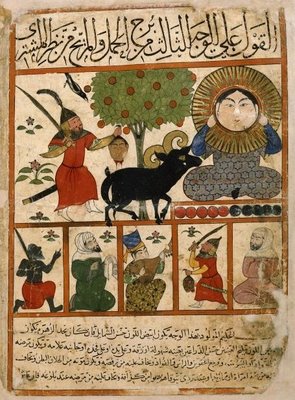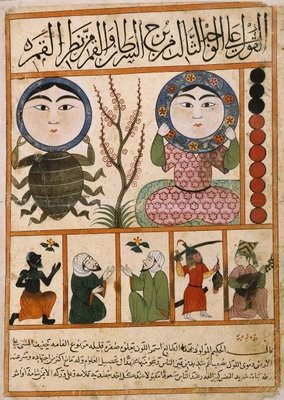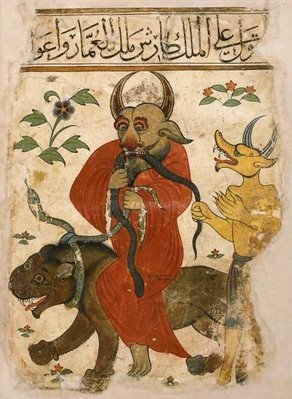remarkable manner the spread of knowledge" {Alexander von Humboldt}
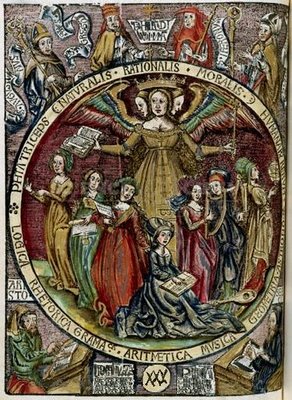
Jerome, Gregory, Augustine and Ambrose as well as Aristotle and Seneca).
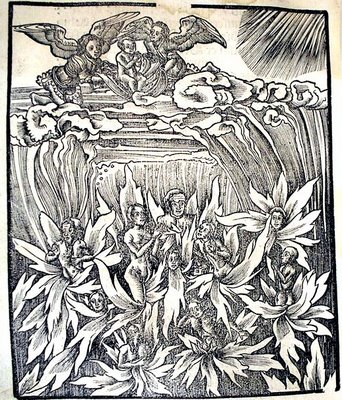
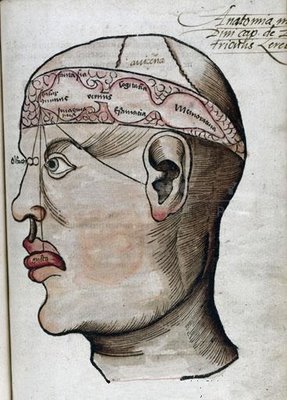
faculties were each located in three ventricles in the brain. The first
ventricle was where information from the sense organs was received and
initially processed before being passed to the middle ventricle, the seat of
reason, for cogitation. Eventually thoughts were transferred to the third
ventricle which was the seat of memory."
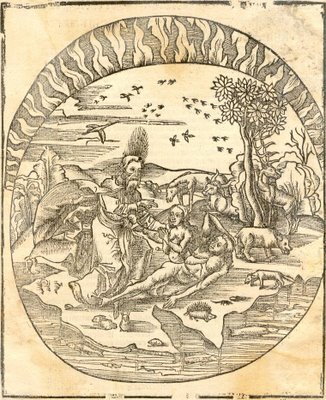
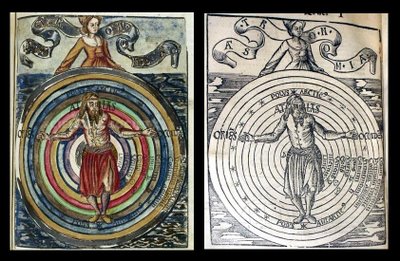

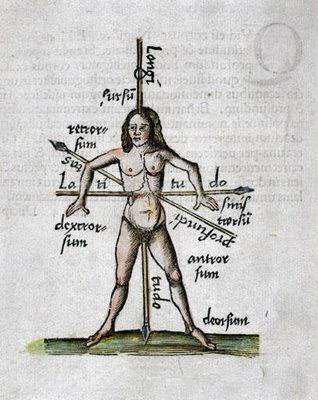
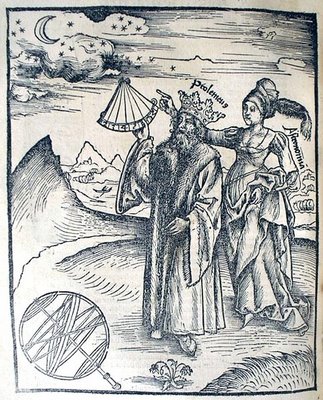


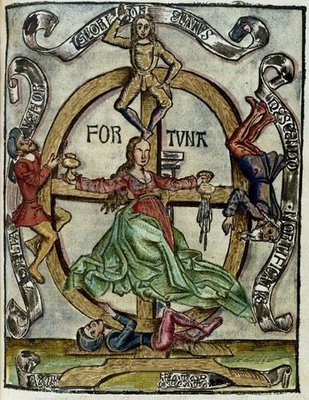
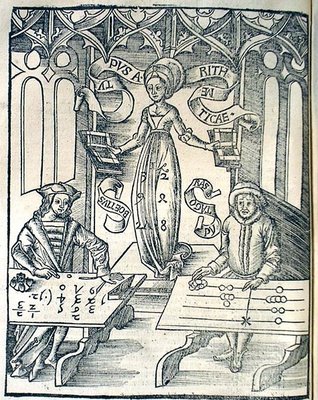
using a type of abacus and Boethieus using the new arabic numerals.
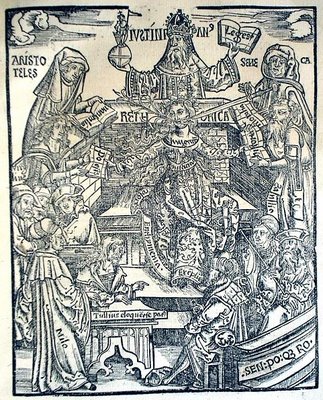
Justinian and Seneca. There is a sword and flowering branch
coming out of the mouth of the central female figure.
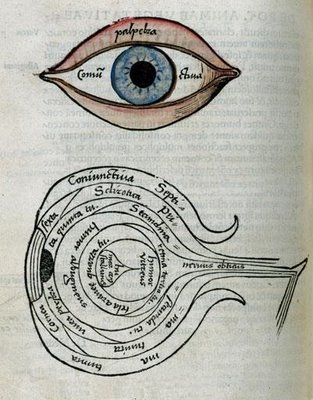
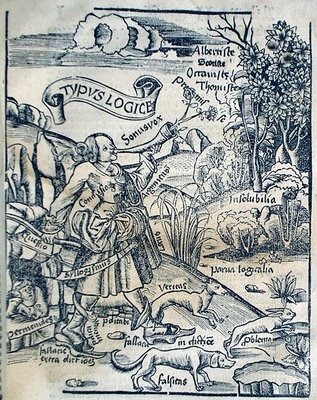
is chased by two dogs, 'Veritas' (truth), and 'Falsitas' (falsity)
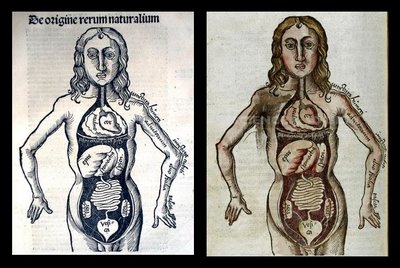
seem too unsophisticated, considering it is nearly half a
century before the landmark work of Vesalius.
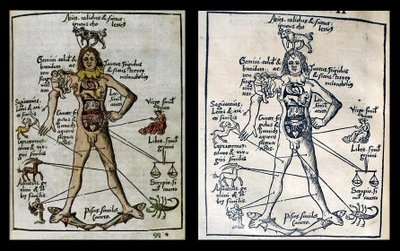
with each astrological sign. Inclusion of this illustration seems
a little contradictory in that Reisch was said to be skeptical of astrology,
favouring scripture and reason as a basis for understanding.
Gregor (Gregorius) Reisch (~1467-1525) became a Carthusian monk after matriculating as a Magister from his home town University of Freiburg in southern Germany. He would become Confessor to Emperor Maximilian I, teacher of John Eck and Martin Waldseemüller, friend to Erasmus, Beatus and Rheananus and Prior at the Carthusian Monastery in Freiburg.
His enduring legacy however, was an encyclopedic compendium of contemporary knowledge aimed at educating university students and young people called 'Margarita Philosophica' (roughly translates as 'Pearls of Wisdom'). The book was written in latin between 1489 and 1495 but was not actually published for the first time until 1503. The learned yet brief teaching manual was "widely used as a university textbook in the early sixteenth century, particularly in Germany."
'Margarita Philosophica' was divided into 12 chapters: grammar, logic and rhetoric (the 'trivium'); music, arithmetic, geometry and astronomy (the 'quadrivium') together with natural philosophy, the origin of natural objects, powers of animal sensation and intellect and moral philosophy.
The text style is in the form of a dialogue with a student asking a series of questions and the teacher providing answers (for a similar approach, see the later work of Pluche). The inclusion of a large number of allegorical woodcut illustrations by unknown artists helped to make this (?the first) encyclopedia both popular and influential. Many editions were issued, including pirated copies, and there are differing versions (and qualities) of the illustrations around.
- Gregor Reisch at the Catholic Encyclopedia.
- There are a couple of complete versions of 'Margarita Philosophica' online but I don't recommend them. The University of Valencia's copy is in a java format and is merely photocopy quality.
- Most of the black and white woodcuts above come from this ebay page.
- The colour illustrations were taken from Science & Society, which has 40 images available. I took the liberty of removing their intrusive watermark and copyright notices - 500 year old woodcuts and they assert copyright over miniature low resolution jpeg images! - that's laughable. There would be links from here to their website every week if they only displayed a modicum of cooperative etiquette. I just hope the new policy of the V&A Museum has some lateral effects. [see also 'Art History and Its Publications in the Electronic Age'] But I digress..
- Perhaps the best overall review of 'Maragarita Philosophica' is given on this University College London Book of the Month page.
- Translated version of wikipedia on 'Margarita Philosophica' [original in german].
- Various other pages with snips of information and images.
- Off on a tangent: Laputan Logic on 'The Evolution of Numbers'.
- Previously: Comenius, who came a bit later, is considered the 'father of education'.
- UPDATE (Feb 2013) A complete copy of Gregor Reisch's 'Margarita Philosophica' is now available online at the Bavarian State Library. [also see the Internet Archive which hosts U Penn's copy]
- UPDATE II (May 2013) Another complete copy from 1503 is now available from the University of Heidelberg Digital Collection (this is probably the best quality and most easily accessible overall).
- UPDATE III (Oct 2013) Eight editions of 'Margarita Philosophica' are available to view online or download from Munich Digitization Center.
